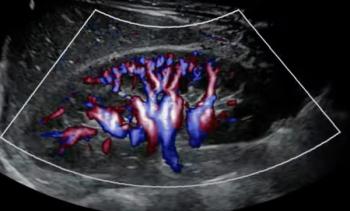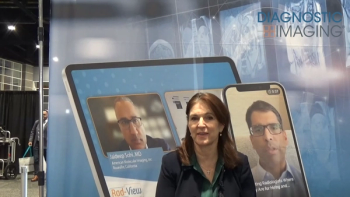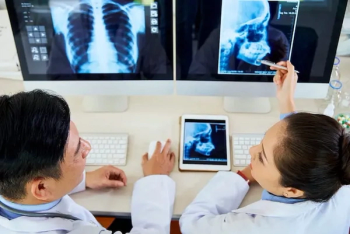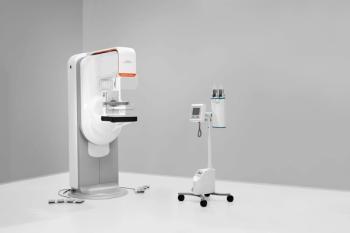
PDAs speed delivery of urgent exam results
Since the earliest days of PACS, radiology has progressively moved away from custom-designed goliaths toward off-the-shelf equipment. That trend is in full bloom at the University of California, San Francisco.
Since the earliest days of PACS, radiology has progressively moved away from custom-designed goliaths toward off-the-shelf equipment. That trend is in full bloom at the University of California, San Francisco.
Wyatt Tellis, Ph.D., and colleagues in the UCSF laboratory for radiological informatics are using personal digital assistants as part of a scheme that captures wet reads electronically at PACS workstations, then quickly distributes the results to referring physicians.
"The system uses network-enabled PDAs to facilitate timely delivery of urgent radiology results by reducing the interval from when the radiologist's initial interpretation is available to when it is first viewed by an emergency physician," Tellis said.
The system consists of a Web server, a Java message service provider, and a PDA-based Java application. A radiologist enters wet reads from the PACS display station via an embedded Web form. Once entered, the wet reads are sent to the message service provider, which then distributes them to clients. One of these clients is the application that runs on networked PDAs carried by emergency physicians. It is used to notify the physicians when a wet read is available. The PDA application also allows the physician to query the RIS for reports on priors.
This new approach replaces the traditional method by which radiologists wrote their impressions on exam requisition forms, then faxed them to the emergency department.
"The old process was fraught with problems: delays due to batch faxing, illegible handwriting, lost faxes," Tellis said.
Since residents were responsible for generating wet reads, tracking discrepancies between the resident's interpretation and the attending physician's final report was a desirable pursuit. This required a considerable amount of manual effort, however, and was never pursued with the fax-based system, he said.
UCSF has also developed a quality assurance module that allows radiology attending physicians to review residents' wet reads.
During morning readout sessions with the resident, attending physicians use a second embedded Web form to indicate whether a wet read has a discrepancy and what its impact on patient management might be. The review is automatically e-mailed to the resident, and cases that contain major discrepancies are presented at monthly resident conferences.
Managers can use aggregate statistics to track the performance of individual residents.
"The system has been so successful it is now used at all times and has been extended to service locations beyond the emergency department," Tellis said.
Newsletter
Stay at the forefront of radiology with the Diagnostic Imaging newsletter, delivering the latest news, clinical insights, and imaging advancements for today’s radiologists.




























